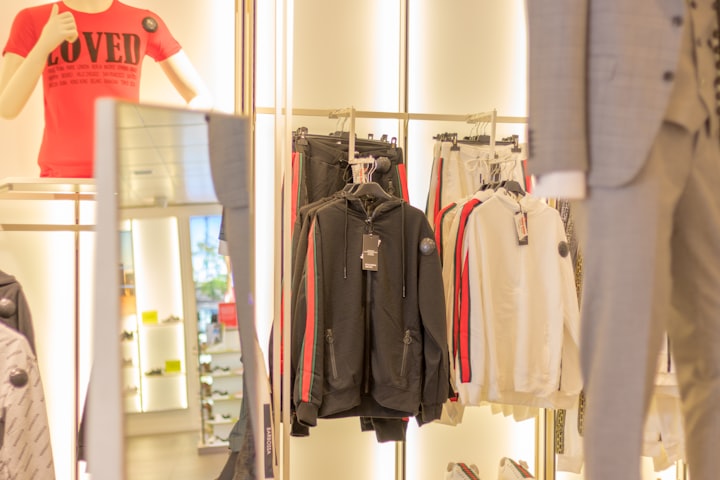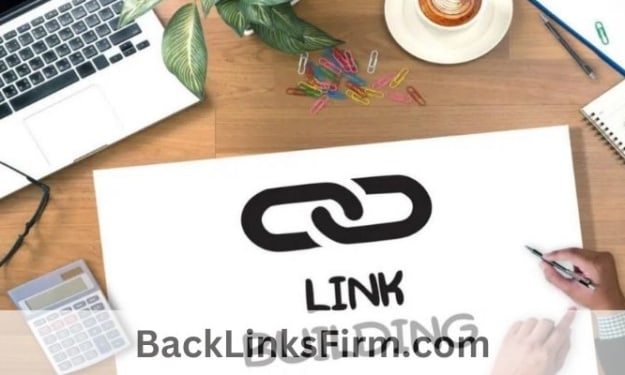4 Retail Tech Advancements for Next-Level Customer Experience
Retail technology : What the future looks like

The retail industry has been one of the primary adopters of technology and innovation. Whether it’s robots, AI, AR, or Big Data, the retail sector has always been at the forefront. And over the years, retail technology has evolved, giving rise to new developments and innovations.
Today, we’ll discuss four major retail technology advancements for superior customer experience.
The Rise and Evolution of Technology in Retail
You can’t help but applaud how fast technology has grown in the retail sector. There are robots walking in stores, cleaning, moving goods, and tracking inventory levels! The global retail technology sector reached $203.6 billion in 2019 and is expected to rise exponentially in the upcoming years.
Several emerging technologies, like AI, AR, Big Data, IoT, etc., have made their way to the real sector. We’ll come to the tech advancements in a second, but before that, let’s discuss some trends that are driving these advancements.
Brick-and-Mortar Will Stay
Brick-and-mortar retail is dying is a big misconception. Sure, the pandemic had slowed down offline retail, but it’s bouncing back. While eCommerce will continue to grow, brick-and-mortar is here to stay. Retailers need to focus on both channels.
Personalization to be the Key
Customers expect relevant and personalized experiences. Call it the rising millennial spending power or customers’ instruction to personalization (Spotify, Netflix); retailers need to focus on personalized delivery.
Innovation in Physical Retail
While physical retail is here to stay, it won’t be the same as before. Brick-and-mortar retailers need to get creative and think about ways to engage the shoppers. Implementing in-store experiential marketing is a good example.
The Rise of Automation
Automation has made a lot of buzz in many industries, and retail is no different. Automatic inventory tracking, click-and-collect services, and autonomous vehicles are some examples of automation in the retail industry.
Location-Based Marketing on the Rise
Retail brands are putting in efforts to offer digital shopping experiences to offline customers. This has led to the rise of two major location-based marketing technologies – beacons and QR codes.
Now, that you know what’s driving technological evolution in retail, let’s look at four advancements in retail technology.
Quick-Response Codes to Bridge the Online-Offline Gap
Quick-response (QR) codes are playing a crucial role in transforming the modern-day retail experience. The East pretty much already knows a great deal about QR codes. China, the ground zero of QR codes, is using them for everything ranging from digital payments to information sharing. The West is also gradually catching up as businesses realize the many benefits of QR codes.
One of the major benefits for retailers is that they bridge the online-offline gap and a cross-functional tool like a QR code generator can do the job so easily! They just need to create QR codes and print it on bills, product packages or carry bags and link them to their websites, URL, social media profile, image, video, PDF, etc. This allows consumers to interact with the brand online. QR codes have also helped retailers incorporate omnichannel marketing.
Several retail brands have gone a step ahead using a dynamic QR code generator and including them on the product packaging. The code is linked to in-depth product information, also, making it flexible to update the information at any given point of time. Customers can then scan the code and know more about what the product contains. Brands are also leveraging smart product packaging to build customer loyalty programs and improve retention.
QR codes are also widely used for digital payments. They provide a contactless payment alternative, which has gained a lot of popularity during the COVID-19 pandemic. Customers can scan the payment QR code and make the payment via an e-wallet.
Take Ralph Lauren, for example. The designer clothing brand is sewing labels with QR codes into all garments and connecting them to digital identity. While the primary objective of this move is to make the supply chain more agile, Ralph Lauren is also using QR codes to improve the post-purchase experience and directly connecting with its customers.
Machine Learning for Forecasting Customer Demand
Customer demand is always changing, and the pandemic has led to massive shifts in consumer behavior. Many retail businesses are using machine learning (ML), big data, and predictive analytics to forecast demand. It has emerged as an innovative method to foster customer and supplier relationships, run smart marketing campaigns, and optimize operations.
Before the onset of Artificial Intelligence (AI) and ML, businesses used traditional demand forecasting by analyzing post-sales POS data. It was not proactive and didn’t help retail companies anticipate forthcoming changes. Hence, it wasn’t applicable to the modern-day retail landscape.
ML-based demand forecasting models use natural language processing (NLP), cascade models, recent external data, and short-term POS data to boost forecasting accuracy. It also increases inventory management efficiency by preventing overstocking, reducing logistics and warehousing costs, and ensuring sustainable production.
Some ways retail brands can use demand forecasting are:
- Make informed buying decisions
- Improve financial planning and prepare accurate budgets
- Anticipate staffing needs
- Implement purchase order automation
- Streamline production operations
Data Science for Personalized Experiences
You can’t discuss retail trends without talking about personalization, which has become quite a buzzword in the industry. Personalization tools have made great progress, and retailers are using data science and ML to provide personal recommendations to customers.
Customers expect brands to provide personalized recommendations. According to SmarterHQ, 47% of customers would check Amazon if their favorite brand doesn’t offer product recommendations. It isn’t surprising that 35% of Amazon’s sales come from its recommendation engine.
The Alibaba Group has developed Fashion AI, a technology that provides apparel recommendations for customers in the store. This enables them to find items quickly as per their requirements. Talking about in-store experiences, Bluetooth low energy (BLE) and RFID technologies are also on the rise.
When it comes to online shopping, NLP-driven chatbots are leading the personalization trend. Chatbots are computer programs that can chat with website users like a human. They can learn and adapt with time to hold conversations like humans. Online retail brands are using chatbots for customer service, navigation, and product recommendation.
Augmented Shopping for Simulated Experiences
In 2019, Gartner predicted that Augmented Reality (AR) would be the next big thing in 2020. Without any surprises, they were on-point, as around 100 million consumers used AR during shopping.
While the wrath of COVID-19 is fading away, it has led to some permanent changes. One such change is the use of virtual fitting rooms. One of the major reasons why people still prefer offline shopping is “try-before-you-buy.” Customers can put on clothes, check if they fit, and then make a purchase.
AR allows customers to try and interact with products when shopping online. Several clothing brands and retailers have implemented AR to provide shoppers with simulated experiences.
Amazon and IKEA are using apps based on ARKit to allow customers to see how furniture would look in their house by moving their smartphone cameras around their place. Recently, Apple launched a LIDAR scanner, which enables buyers to place virtual items on physical surfaces without purchasing them.
Lacoste and Uniqlo, two apparel brands, have opened virtual showrooms and fitting rooms. Customers can try products before buying, without the need for actually being present in the store.
Artificial Intelligence - The Core of Tech Advancement in Retail
It’s not possible to talk about advancements in retail technology and no talk about AI. It has powered a significant portion of technological advances in the retail sector. In fact, 95% of customer interactions would be powered by AI, showed a study by Servion Global Solutions.
Product recommendations are one of the major applications of AI, as discussed earlier. But its uses go beyond that. AI is catalyzing various technologies in the retail sector, such as facial recognition and scan-and-go.
Listing some use cases of AI in retail:

- Cashier-Free Stores – Just Walk Out Shopping and Amazon Go
- In-Store Assistance – Kroger Edge
- Price Predictions and Adjustments – eBay and Kroger
- Logistics and Supply Chain Management – BlueYonder
- Product Categorization with Machine Learning – LovetheSales.com
- Visual Search – Cortexica
- Voice Search – Costco, Kohl’s, Tesco, and Walmart
Wrapping Up
While Artificial Intelligence and Machine Learning remain to be the leading drivers of tech innovation in the retail industry, technologies like QR codes AI and AR are also witnessing exponential growth. As retail tech continues to evolve, companies need to adapt to the changes and implement new technologies to provide a superior quality customer experience.
About the Creator
Divya Shankar
Marketing professional specialising in SEO and content.
QRious about all things tech and marketing. Also likes wordplays!






Comments (1)
Thanks to the author for this information, technological solutions are indeed the driving force in all industries, and retail trade is no exception. Retail automation solutions help retailers grow their business in all directions https://www.cleveroad.com/blog/retail-automation/